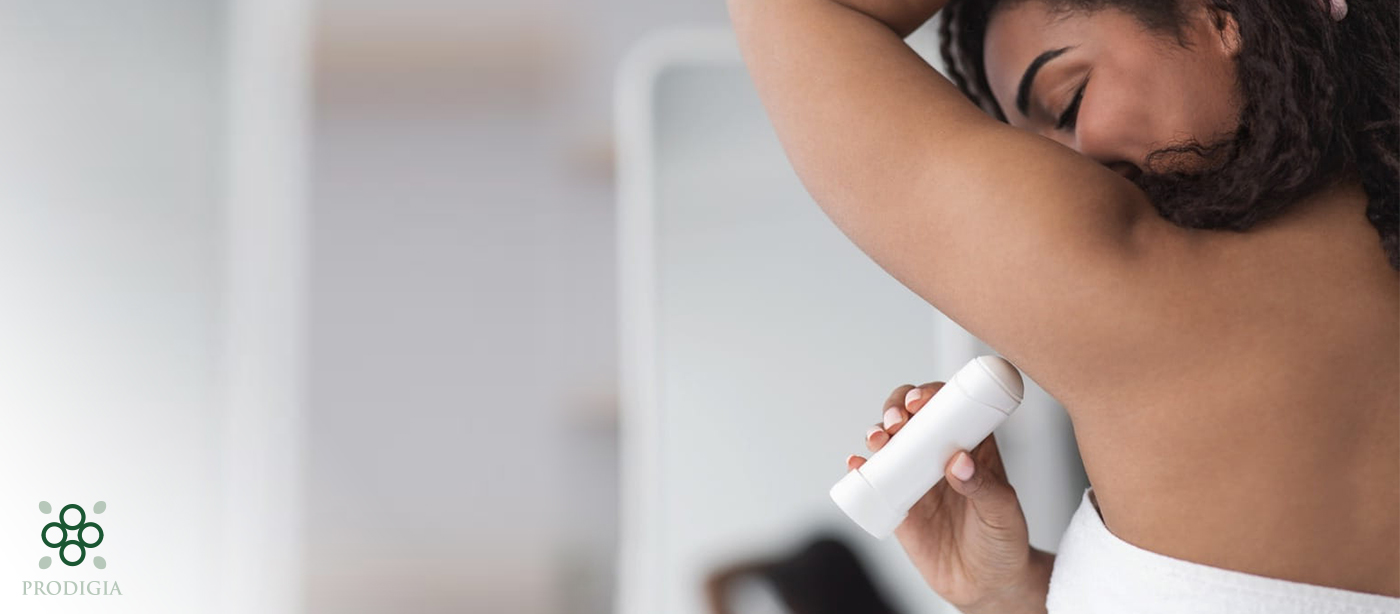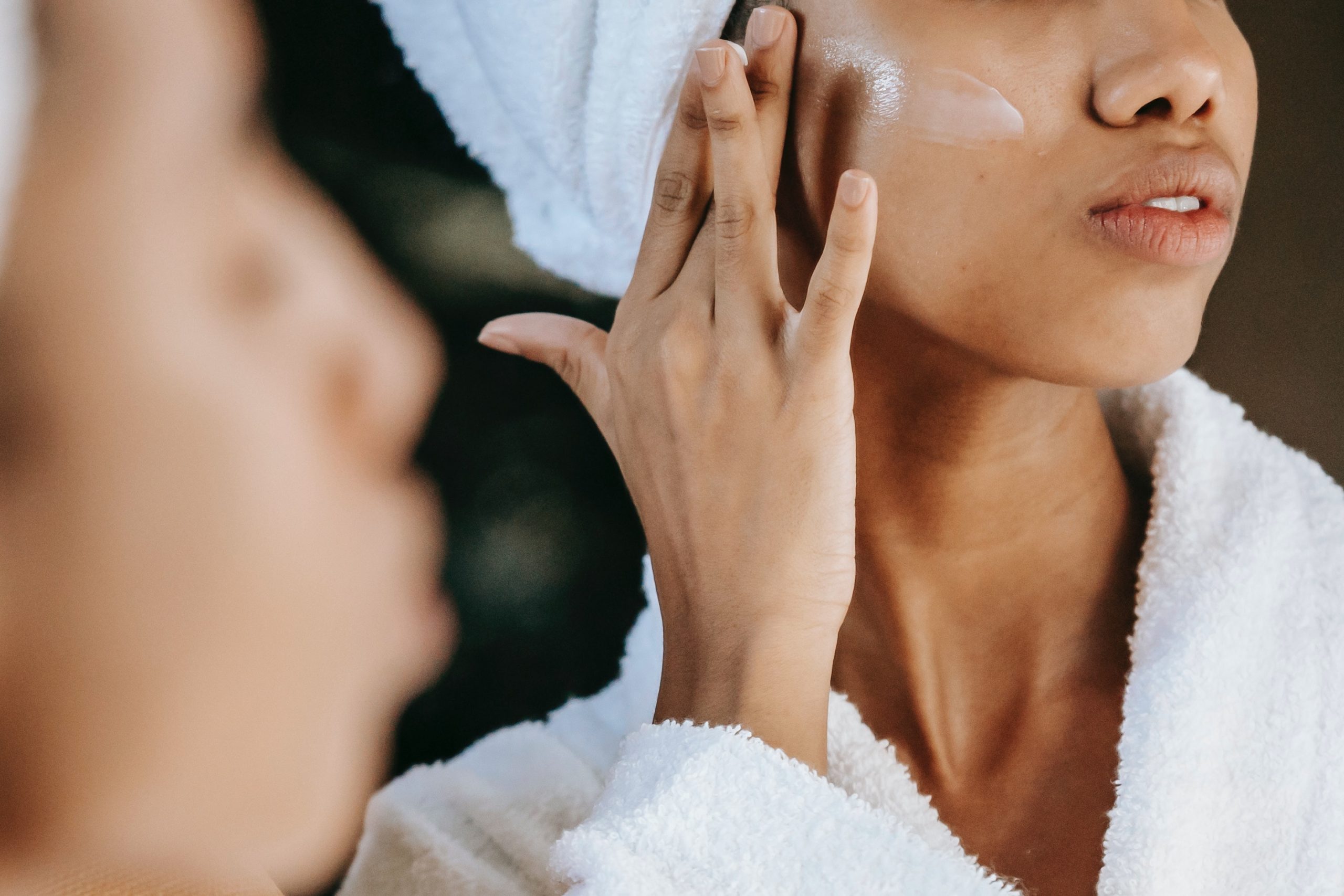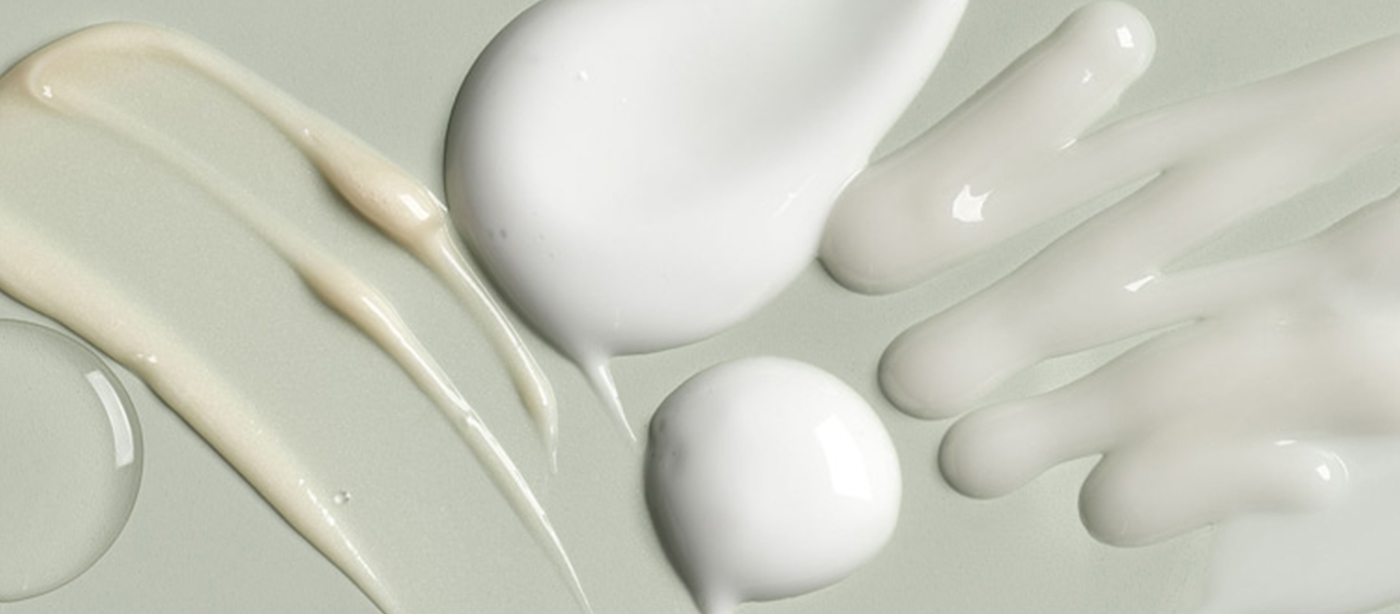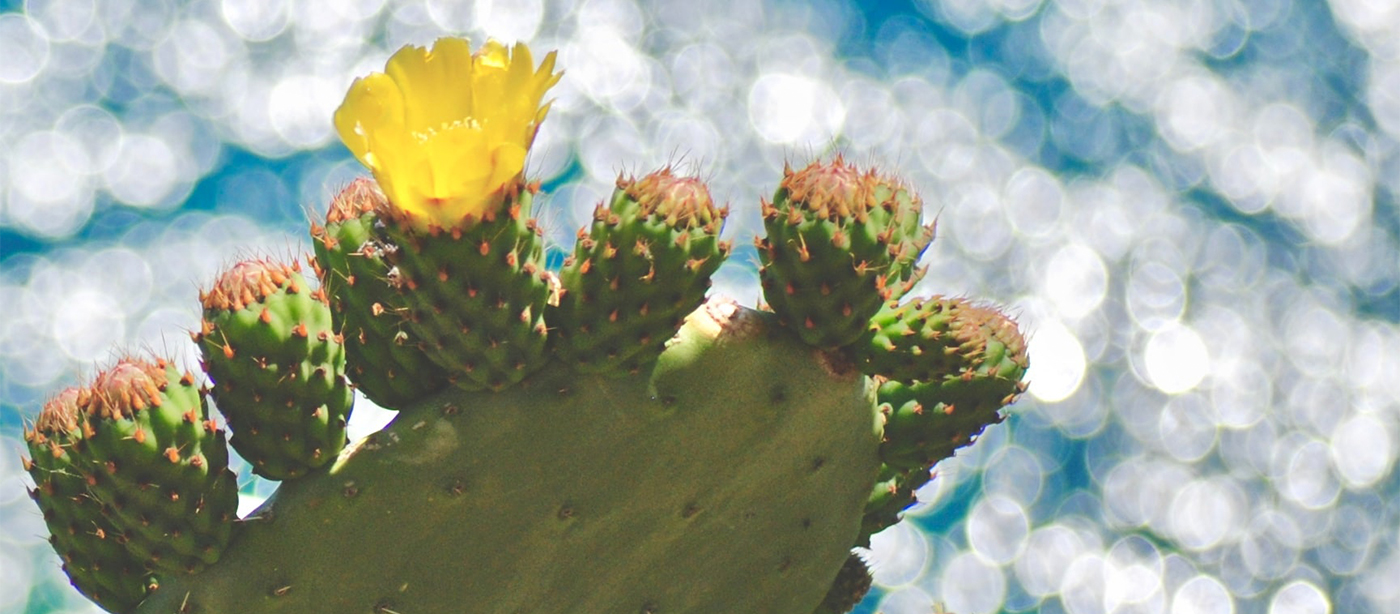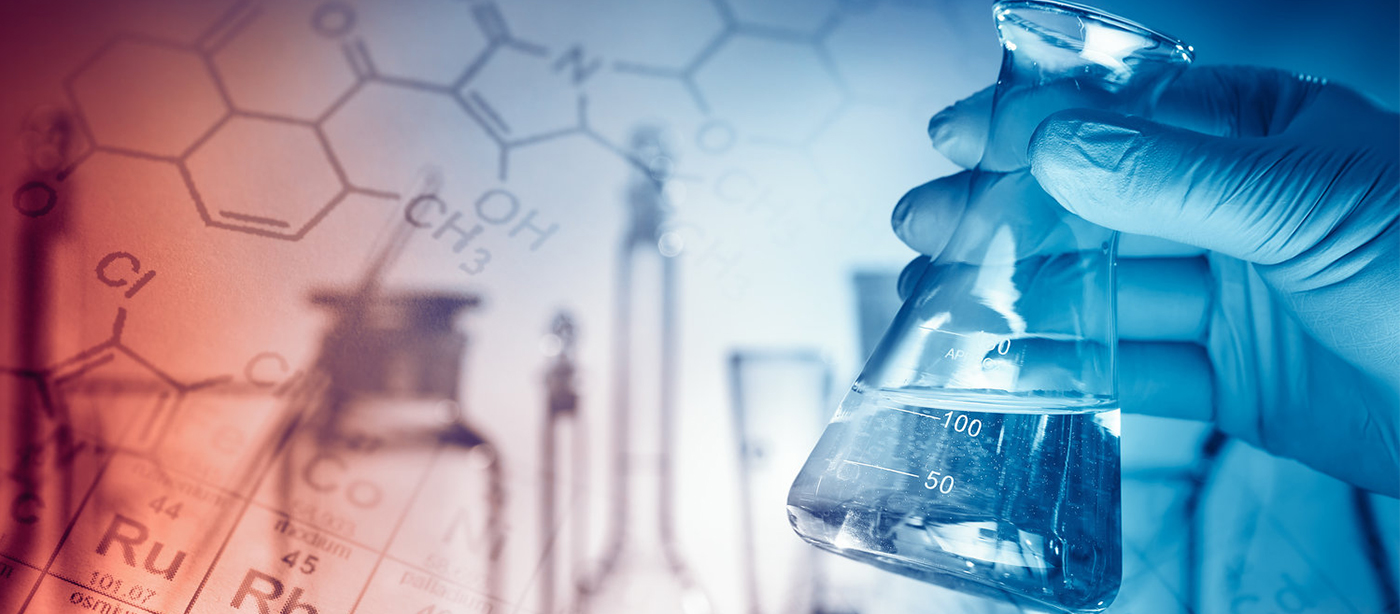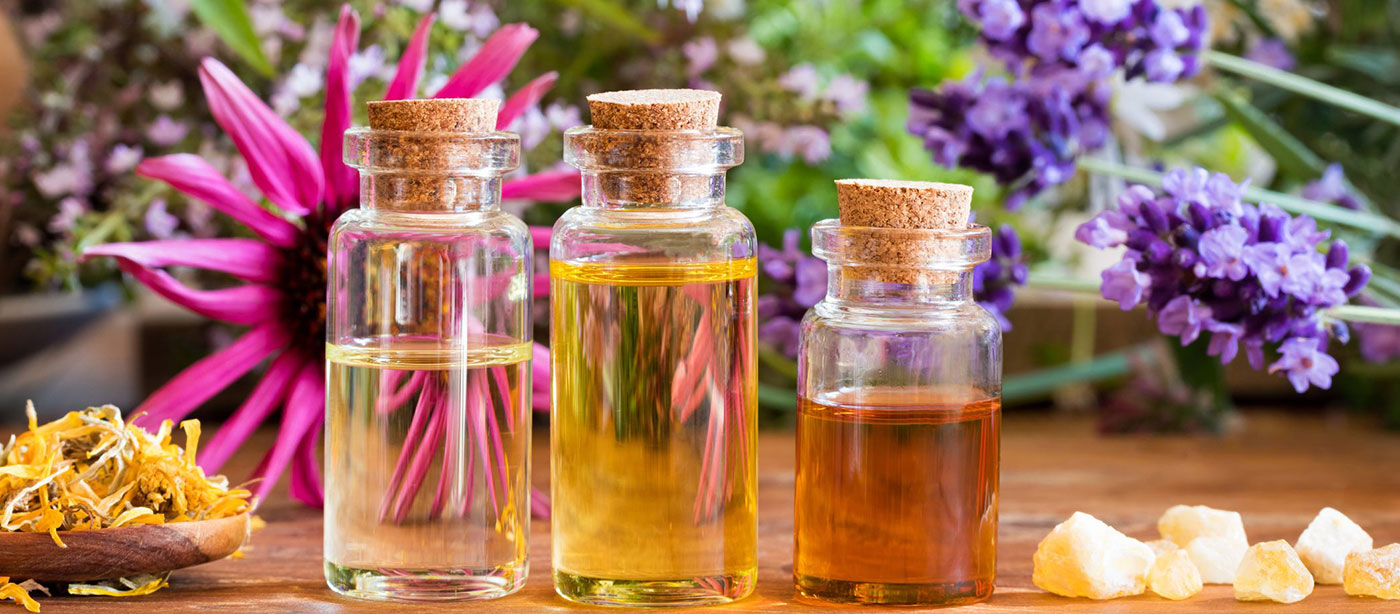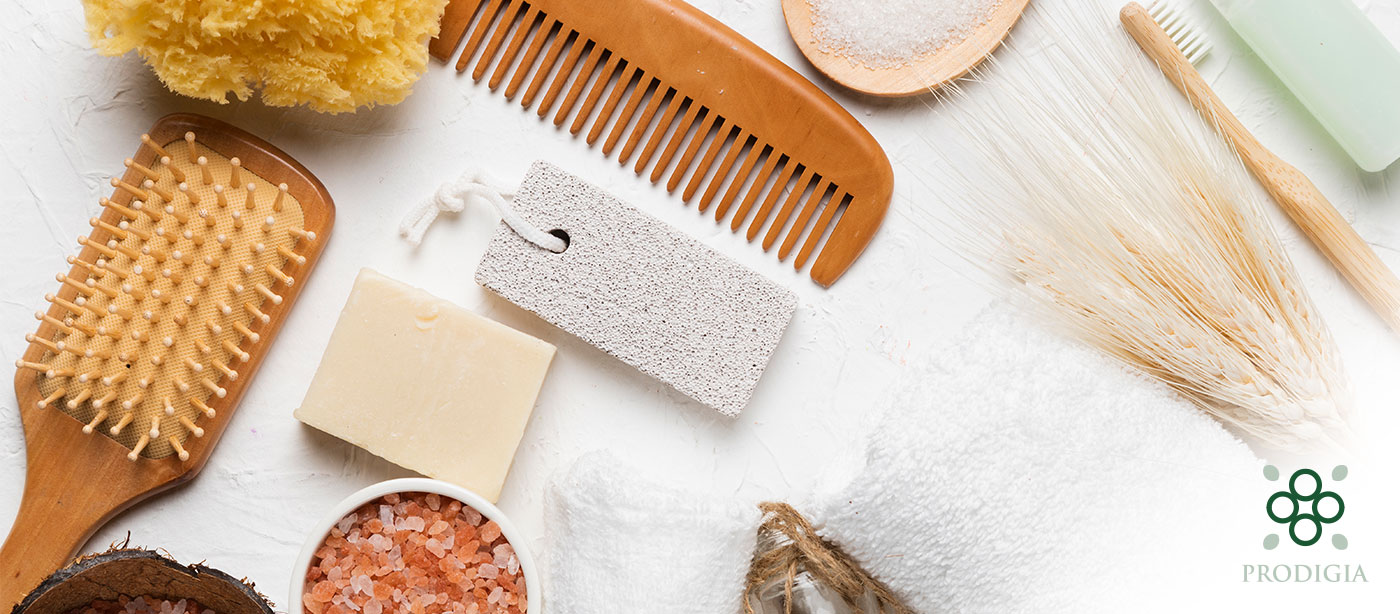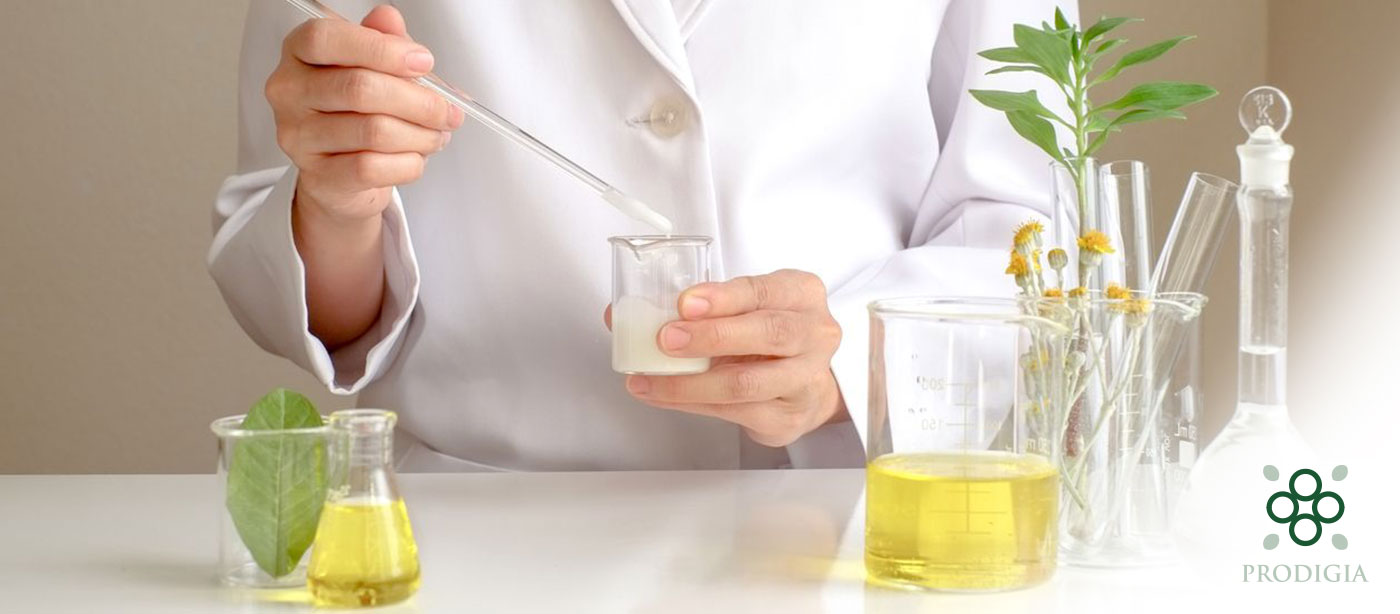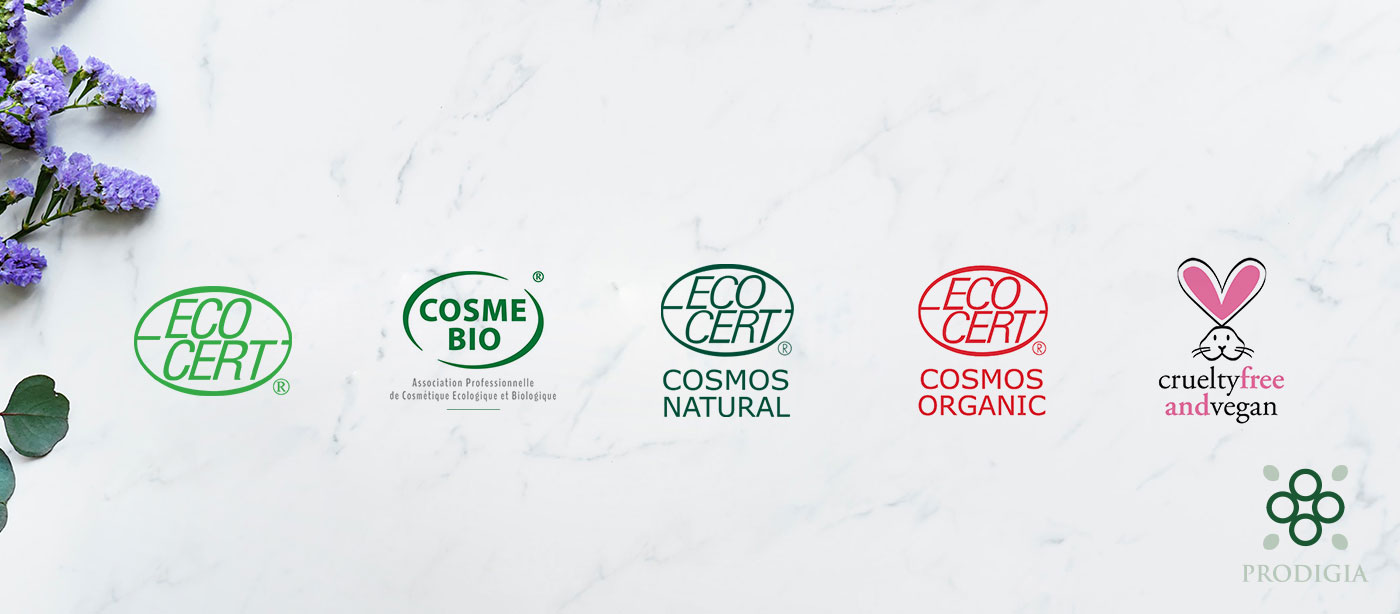Customers who love natural cosmetics are constantly on the lookout for the best alternatives, gentle on both the skin and the planet. It is up to you to offer them the most appropriate solutions and information. Among the most used hygiene products are deodorants and antiperspirants, what are the differences between the two? Which one to choose ? And what compositions for natural deodorants compared to the classics? All the answers are in this article:
Deodorant and antiperspirant, what are the differences?
The deodorant eliminates odors: Composed of 99% water, it’s not the sweat that smells bad; it is the bacteria that feed on it that will create an odor. To mask it, the agents contained in deodorants attack bacteria directly: they fix them and then destroy them. Deodorants are therefore ideal for people seeking to combine deodorant effectiveness and freshness while respecting the skin.
The antiperspirant stops perspiration: Antiperspirants contain active ingredients which act directly on the glands which secrete sweat (sweat glands) in order to block or regulate the formation of perspiration (for 24, 48, 72 hours or even 7 days). They are aimed more at people looking for long-lasting effectiveness, without discomfort on their skin. They are formulated to meet the expectations of people who do not wish to be bothered during a rise in stress, in the event of high heat or while practicing a sports activity.
Why prefer a deodorant (classic or natural) over an antiperspirant?
Sweating is an essential vital process for the proper functioning of our body: it ensures thermal regulation and the emunctory function of the skin by evacuating toxins and waste.
It should therefore not be thwarted or prevented from happening. To do this, it is recommended to favor a deodorant that acts downstream of perspiration to eliminate odors, rather than an antiperspirant which acts upstream and prevents perspiration from occurring.
The antiperspirant works by clogging the sweat glands thanks to the aluminum salts they contain. The pores thus “tightened” no longer evacuate sweat. Aluminum salts and their potential harmfulness have been debated within the scientific community for a long time, an opinion of the Scientific Committee for Consumer Safety of the European Commission dating from 2020 recommends limiting their concentration in antiperspirants.
The composition of the classic deodorant and the natural deodorant:
In order to prevent bacteria that feed on sweat from proliferating, an effective deodorant must combine several active ingredients:
– absorbent agents possibly slightly astringent to absorb moisture and regulate excessive sweating,
– antiseptic agents to prevent the proliferation of bacteria and therefore the appearance of odors,
– masking agents against undesirable odors.
In a natural deodorant, these active ingredients can be replaced by their natural alternatives:
-The absorbent component, such as plant powder, starches, clay or probiotics.
-The antibacterial : thyme, tea tree, zinc oxide, silver micro-crystals or sodium bicarbonate, neutralize the bacteria that cause bad odors.
-The agent that masks odors: Blue tansy essential oil for example, or palmarosa essential oil, which has a specific action on perspiration odors.
And for delicate skin: a moisturizer (cocoa or shea for example) and antioxidants (vitamins E, C and A for example) can be added to the mixture.
Natural deodorants can be solid or creamy: The most classic compositions are those based on beeswax, cornstarch, coconut oil, baking soda, and white clay. The raw materials and their dosage are to be chosen according to the texture and the target clientele (baking soda and essential oils to be avoided for sensitive skin).
Would you like to join the wave of natural deodorants? Discover the ones that Prodigia offers you in White Label: the Solid Deodorant Scented with Essential Oils and the Cream Deodorant Scented with Essential Oils. Also discover the rest of our products and services.

